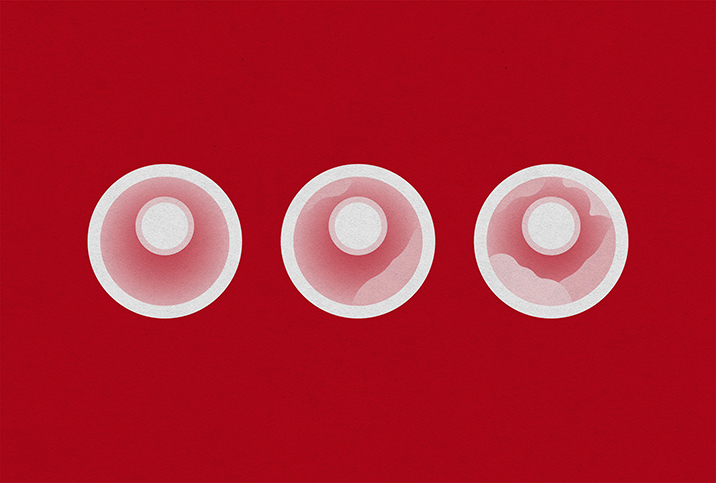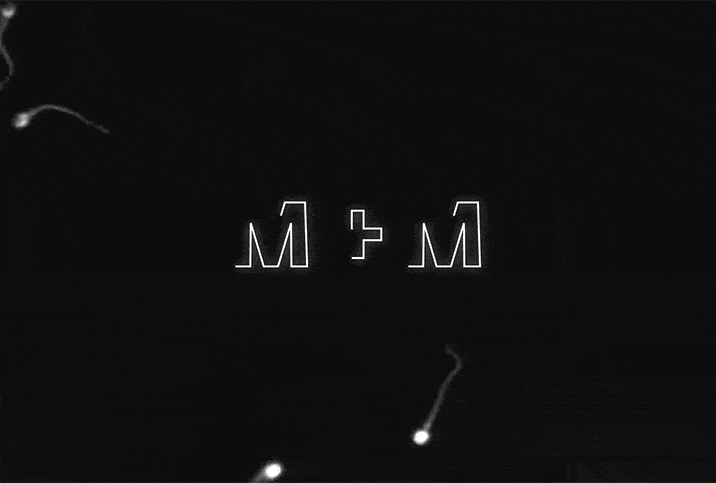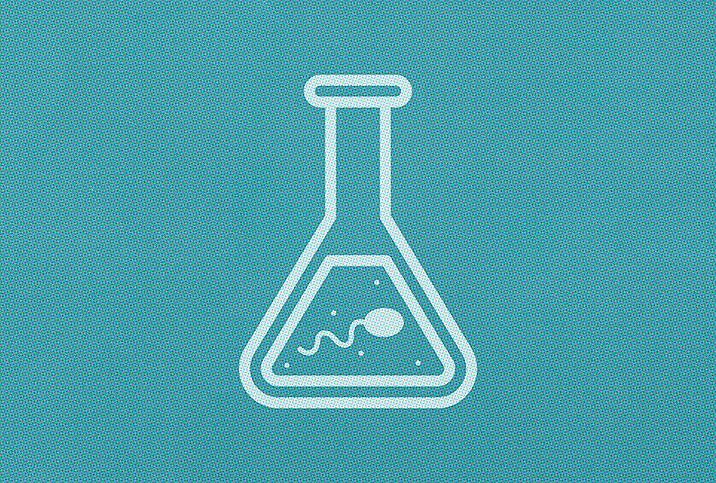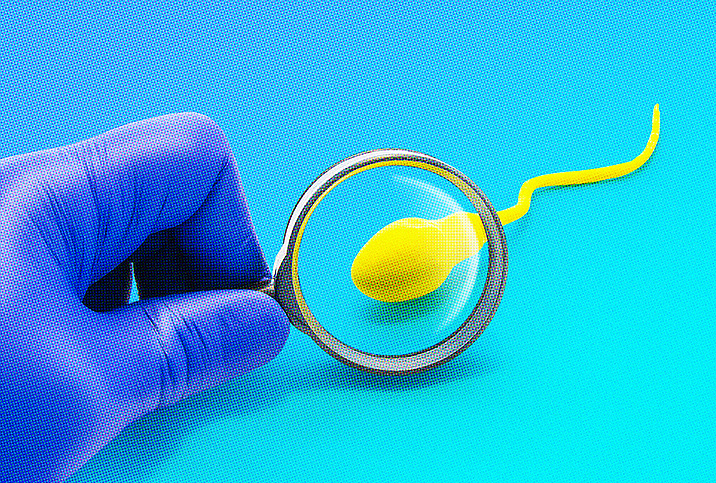Reasons for Male Infertility: (Sperm) Roadblock Ahead

Your swimmers have a heck of an adventure before they can fertilize an egg. Sperm travel through a complex network of tubes even before ejaculation, and a blockage along the route can throw a wrench into your paternity plans. If you're finding it difficult to conceive, you may need surgery or fertility treatments to restore reproductive abilities.
Types and prevalence of azoospermia
A minimum of 15 million sperm per milliliter is considered a normal sperm count. However, about 1 percent of men suffer from azoospermia, a condition in which the ejaculate contains no sperm. There are two primary causes of azoospermia: issues with sperm production or the inability of sperm to travel out of the body.
Different tubes are responsible for carrying sperm from their origin point, the testicles, to the point of exit, the urethra. Blockages in any part of the pathway are a possible cause of male infertility, known as obstructive azoospermia. About 40 percent of azoospermia cases are due to a blockage, and various issues can be to blame. Fortunately, most fertility concerns related to obstructions are treatable once the problem area is identified.
How sperm navigate through the male reproductive system
Sperm can get trapped in multiple places in the male reproductive system. After the testicles make sperm in the scrotum, they move upward to a spiral structure called the epididymis, which stores immature sperm for a few days until they have time to develop fully.
When it's time to ejaculate, sperm are propelled from the end of the epididymis to the deferent duct (or vas deferens), through the spermatic cord and into the pelvic cavity and the prostate. Next, sperm travel to the ejaculatory duct, where the vas deferens and the seminal vesicle meet. The ejaculatory duct runs through the prostate, where seminal fluid is added, and empties into the urethra.
During an orgasm, muscular contractions help expel semen through the system and out of the body. However, blockages anywhere in the process can stop sperm from reaching their destination.
Causes of obstructive azoospermia
Vasectomies are a voluntary cause of azoospermia. During a vasectomy, the surgeon cuts the vas deferens to prevent sperm from getting into the ejaculate.
Involuntary causes of blocked tubules include:
- Congenital cysts, which may block the vas deferens or ejaculatory duct
- Cystic fibrosis, a genetic lung disease that hinders epididymis and vas deferens development
- Inflammation or scarring from chlamydia, gonorrhea or urinary tract infections (UTIs)
- Phimosis, when the foreskin tightens and inhibits semen from being ejaculated
- Surgical complications, such as bilateral hernia repairs, which may obstruct the vas deferens
An injury or trauma to the pubic area can damage the tubules responsible for channeling sperm. Repairs may be possible in some cases, or you can explore alternative fertility treatments. A urologist will work with you to determine your best treatment options.
Male infertility treatment
Sometimes doctors can fix tubule obstructions with surgery, depending on the location and severity of the issue. New connections may also be created in cases where congenital problems have stunted full reproductive development. These delicate procedures are performed either through endoscopic or microsurgery.
Both endoscopic and microsurgery require general anesthesia, so you'll be asleep for the operation. In microsurgery, a small incision in the scrotum is used to access a blocked epididymis or vas deferens. For issues with the ejaculatory duct, endoscopic surgery routes a tiny scope through the urethra that provides magnification, light and a camera. Endoscopic surgery is less invasive but not always suitable for every type of repair.
If your body produces healthy sperm, you can bypass blockages with a procedure called intracytoplasmic sperm injection (ICSI), which removes sperm from the male reproductive system to place it into an egg. Unlike with in vitro fertilization (IVF), which puts up to 50,000 sperm cells near an egg for the opportunity of fertilization, ICSI chooses a single sperm for direct injection into an egg.
ICSI has a success rate of 50 to 80 percent fertilization. However, after fertilization, there's always a chance that issues with the egg or the developing embryo will lead to an early pregnancy loss. No form of conception is without potential risk. Nonetheless, people with obstructive azoospermia have promising options to overcome infertility.


















